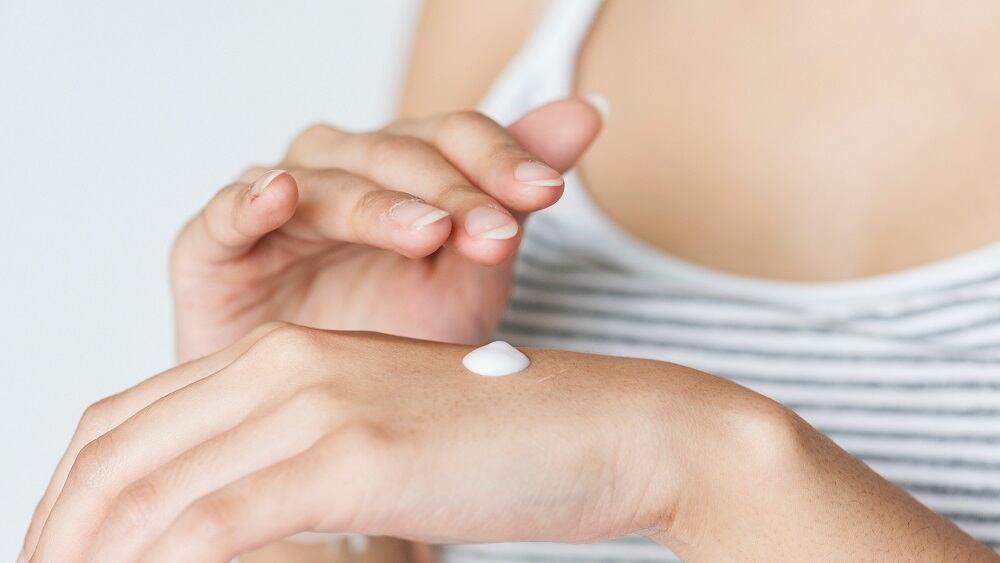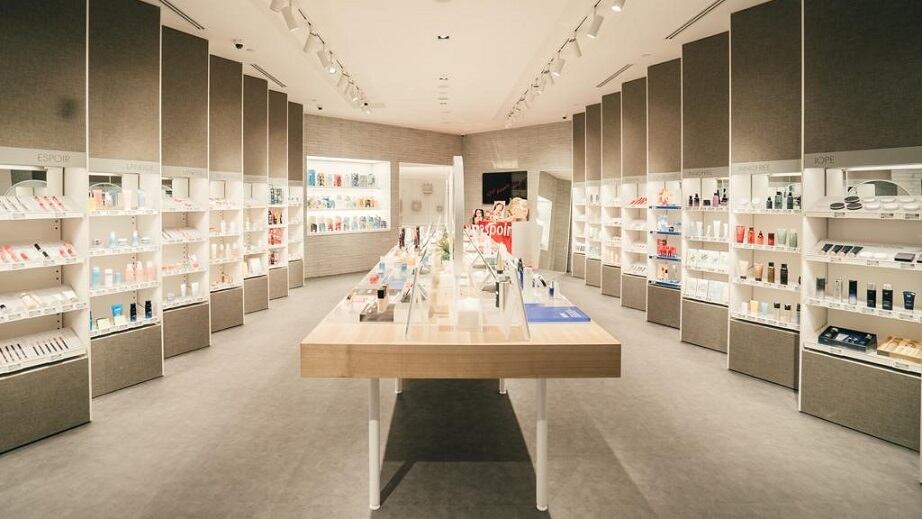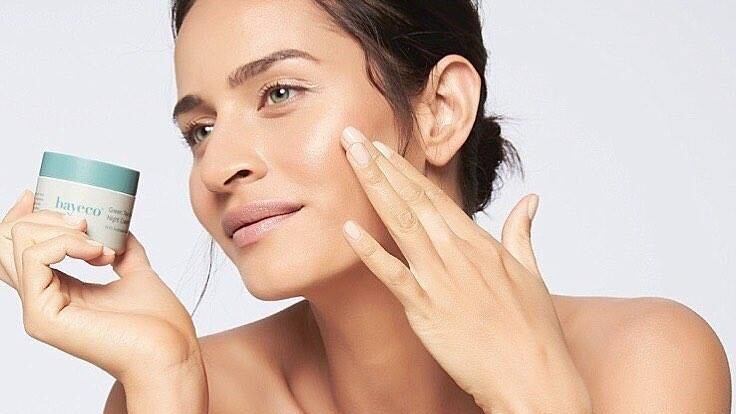Emily Leung, analyst at Euromonitor International, believes skin care will remain the largest category and continue to see growth moving forward.
“Skin care is still the biggest piece of the pie in Asia because hair care and colour cosmetics are a lot more behind in terms of value size.”
She added that the market should expect growth in both the mass and premium segment.
“There’s growth potential for both mass and premium but definitely premium skin care is growing a lot quicker for women because of their increased spending power and longing for designer brands. Whereas for men, we see mass brands growing quicker because men are less concerned about skin care and less willing to spend.”
In terms of products, Leung said we would continue to see the resurgence of Japan-made skin care products.
“People are now looking more into ingredients and the technology behind them. This is primarily why we are seeing the comeback of J-beauty. Japanese products tend to emphasis on ingredients and science.”
In contrast, Leung said Korean beauty products would see a dip in popularity, noting that consumers relate K-beauty to trendiness and playfulness rather than innovative ingredients and technology.
“K-beauty was a big trend before because it was eye-catching, and the brands react very quickly to trends and are playful. But now we see K-beauty is kind of diminishing in terms of shares,” she said.
The focus on ingredients is also steering consumers into the derma skin care category. Leung noted that brands like La Roche Posay have branched out into opening their own retail stores, which illustrate the demand for derma beauty in Asia.
“Derma products are performing very well and there’s definitely room to grow. I’ve spoken to some executives from derma brands and they said derma takes up 20% to 30% of the market share in Western countries. However, in Asia its only 3% to 5%, so the potential is endless,” said Leung.
She predicted that we would see more derma brands open standalone physical stores in the future, further increasing their visibility.
E-commerce and pro-ageing trends
While brick and mortar stores are still essential to the retail ecosystem in smaller markets like Hong Kong and Singapore, Leung said e-commerce will continue to trend upwards in larger countries like China and the Philippines.
“In these larger markets, people tend to go offline and shop because of sales service. However, now we are seeing many applications utilising technology like Artificial Intelligence and Augmented Reality to offer the same in-store experience wherever you are, therefore saving the purpose of going out to the shops.”
As the ageing population continues to expand, Leung expects to see a lot of growth is anti-ageing skin care.
“The median age for Thailand was 30 years in 2000. Just within a decade, it has risen to 39 years. With the general consumer getting older, this means that people will spend more on anti-ageing products,” she said.
She noted that brands should adopt a more positive outlook on ageing as consumers are becoming more pro-ageing.
“Today, it’s about ageing well and healthy ageing. We are seeing that the 55 years and above segment is the fastest-growing segment on YouTube. We are also seeing older Key Opinion Leaders. In Korea, there’s an 80-year-old grandmother who shares beauty tips and secrets. She has over 800,000 subscribers.”
On the flipside, one of the fastest-growing categories in beauty at the moment is baby and child-specific skin care.
“Even though the number of newborns is declining, their parents have more purchasing power. They may have less children, but they are spending more on them. They have more money to purchase more premium products whereas in the past they just purchase generic brands.”





